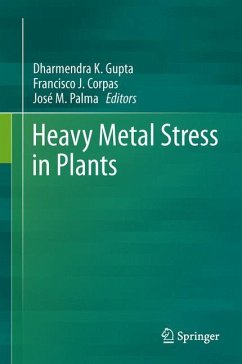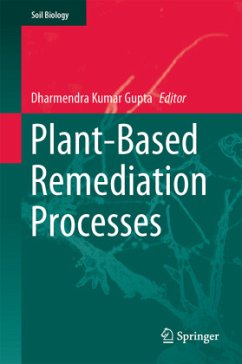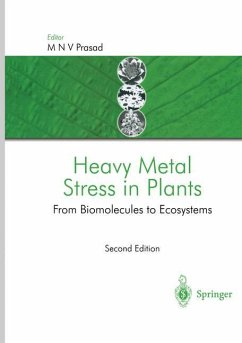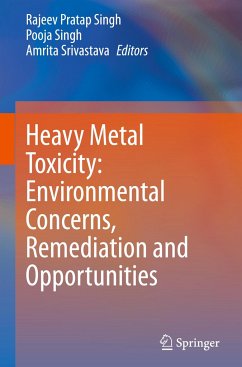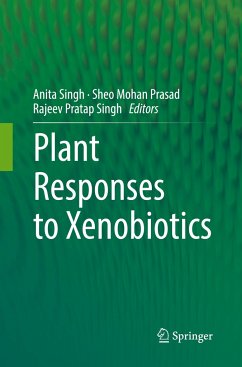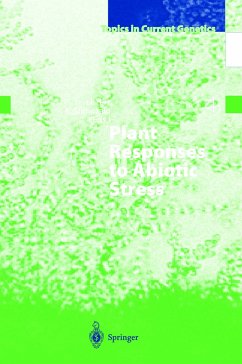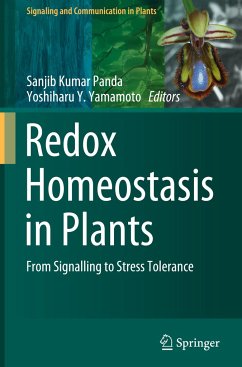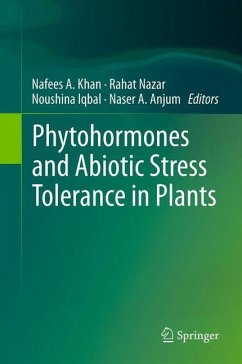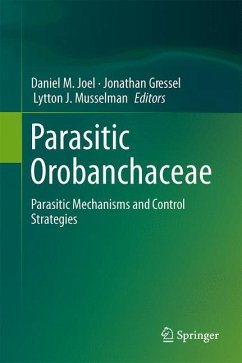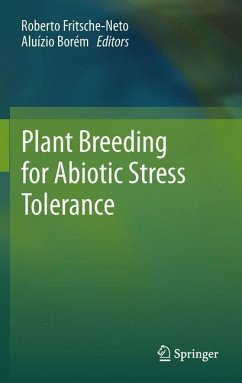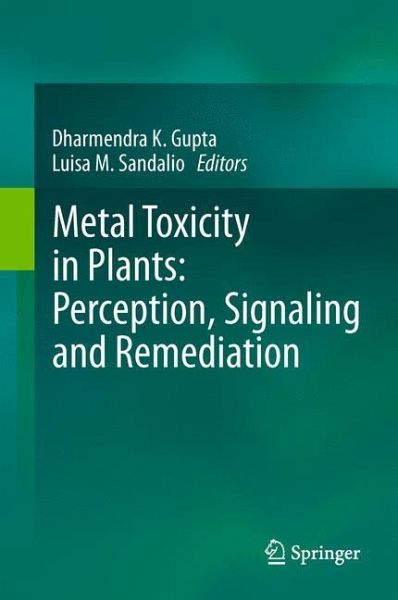
Metal Toxicity in Plants: Perception, Signaling and Remediation

PAYBACK Punkte
57 °P sammeln!
How do metals enter plants? Where do the signals come from and what are the processes involved in remediation of metals in plants? The key feature of the book is related to present studies on signaling and remediation processes with recent technological advancement including "omic" studies.





